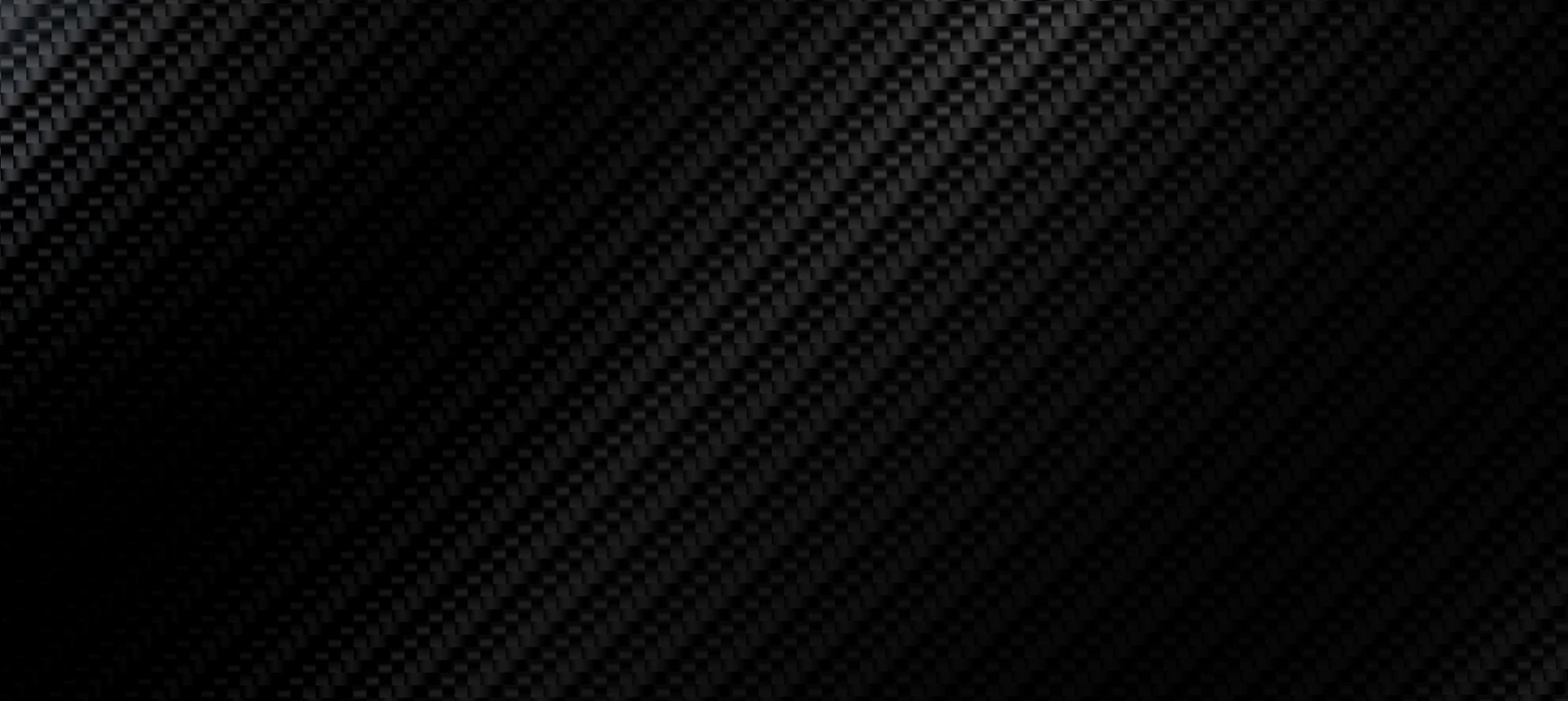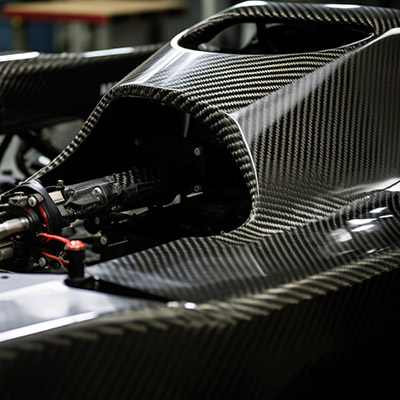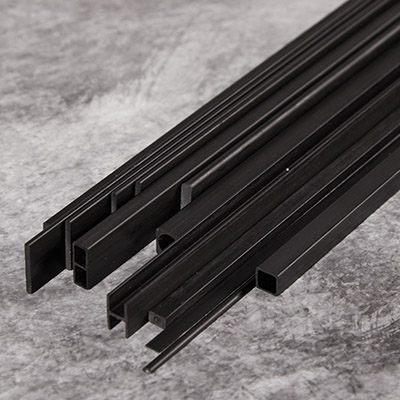
What Are Weaves In Carbon Fiber?
👁 Reads: 888
Weaves in carbon fiber are a type of fabric made from very thin strands of carbon that are interwoven in a particular pattern. The most common weave patterns are plain, twill, and satin. The weave pattern affects the properties of the carbon fiber fabric, such as the strength, stiffness, and density.
Carbon fiber fabrics are used in a variety of applications, including aerospace, automotive, and sporting goods. They are often used as a reinforcement material, where they are combined with other materials such as resin to create a composite material.
Common Weave Patterns
Carbon fiber weaves are classified according to their pattern and the number of strands of carbon per thread. The most common weave patterns are plain, twill, and satin.
Plain weave: In a plain weave, the strands of carbon fiber are woven in a criss-cross pattern, with each strand going over and under alternate strands. This type of weave is the weakest and least stiff, but it is also the lightest and most flexible.
Twill weave: In a twill weave, the strands of carbon fiber sheet are woven in a diagonal pattern, with each strand going over and under two strands. This type of weave is stronger and more stiff than a plain weave, but it is also heavier and less flexible.
Satin weave: In a satin weave, the strands of carbon fiber are woven in a zig-zag pattern, with each strand going over and under four strands. This type of weave is the strongest and stiffest, but it is also the heaviest and least flexible.
The number of strands of carbon per thread is also a factor in the strength and stiffness of the fabric. A 2/2 twill weave, for example, has two strands of carbon per thread in the warp (lengthwise) direction and two strands of carbon per thread in the weft (widthwise) direction.
A 3/1 twill weave has three strands of carbon per thread in the warp direction and one strand of carbon per thread in the weft direction.
The strength of carbon fiber tube fabric is measured by the tensile strength, which is the amount of force required to break the fabric. The stiffness is measured by the modulus, which is the amount of force required to deform the fabric. The density is measured by the specific gravity, which is the ratio of the fabric's weight to the weight of an equal volume of water.
The properties of carbon fiber fabric can be affected by the manufacturing process, including the type of weave, the number of strands per thread, the carbon content, and the treatment of the fabric.
Types Of Weave In Carbon Fiber
There are three main types of weave in carbon fiber: 2x2 twill, 3K plain weave, and 6K plain weave.
- 2x2 twill is the most common and popular weave because it offers good strength and flexibility.
- 3K plain weave is slightly less strong but is more flexible, making it ideal for applications where flexibility is key.
- 6K plain weave is the strongest of the three but is also the most rigid, making it ideal for applications where rigidity is key.
There are many types of weave in carbon fiber rods, from simple 1x1 twill to complex 8 harness satin. The most common weave is the 2x2 twill, which is used in about 60% of all carbon fiber applications. Other popular weaves include the 4 harness satin, often used in marine applications, and the 6x6 basket weave, often used in aerospace applications.
The type of weave in carbon fiber cloth is important because it affects the strength, stiffness, and weight of the finished product. The tighter the weave, the stronger and stiffer the carbon fiber cloth will be. The looser the weave, the more flexible the carbon fiber cloth will be. The weight of the carbon fiber cloth also varies depending on the type of weave, with the tighter weaves being the heaviest.
When choosing a weave for your carbon fiber project, it is important to consider the strength, stiffness, and weight requirements of the finished product. For most applications, the 2x2 twill is a good all-around choice. For applications where weight is a primary concern, the 4 harness satin or 6x6 basket weave may be a better choice.





